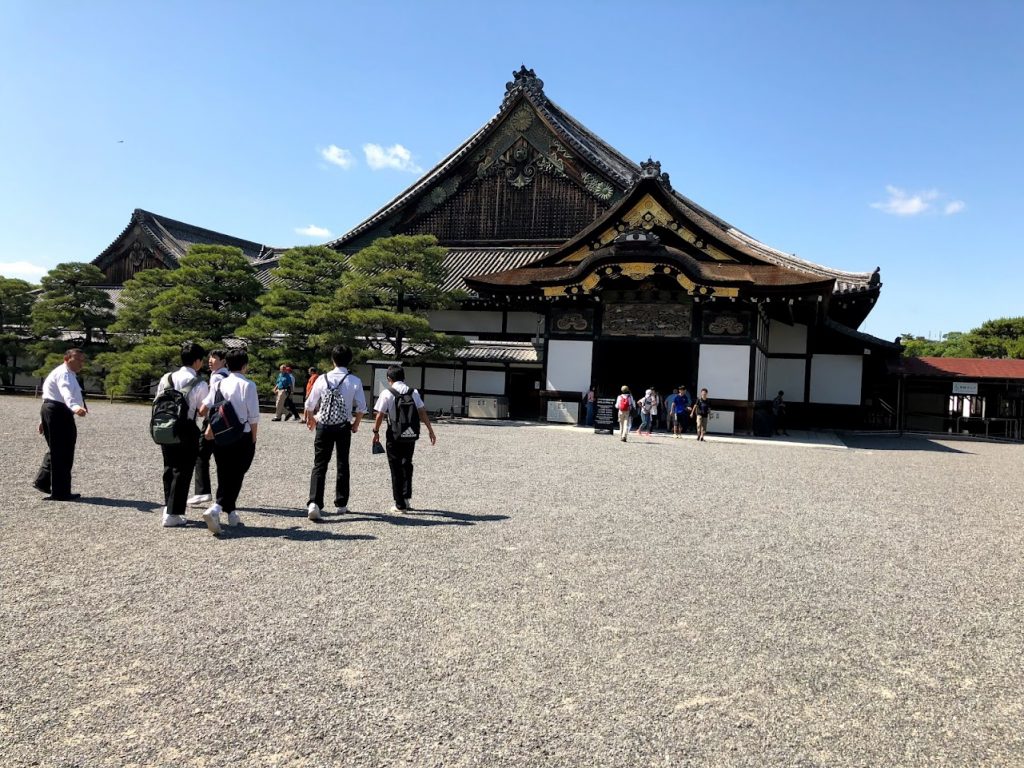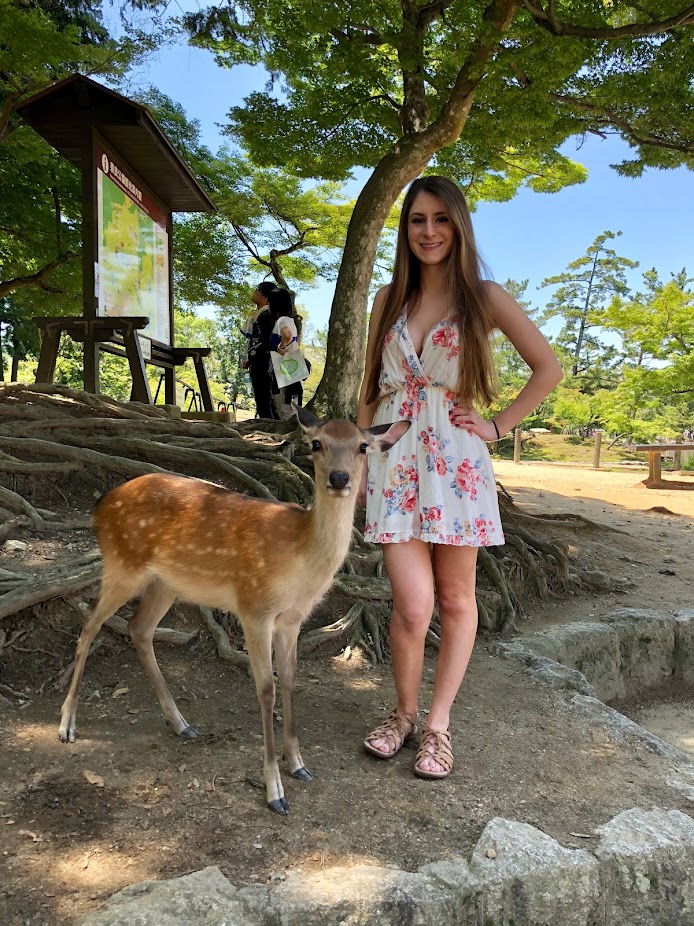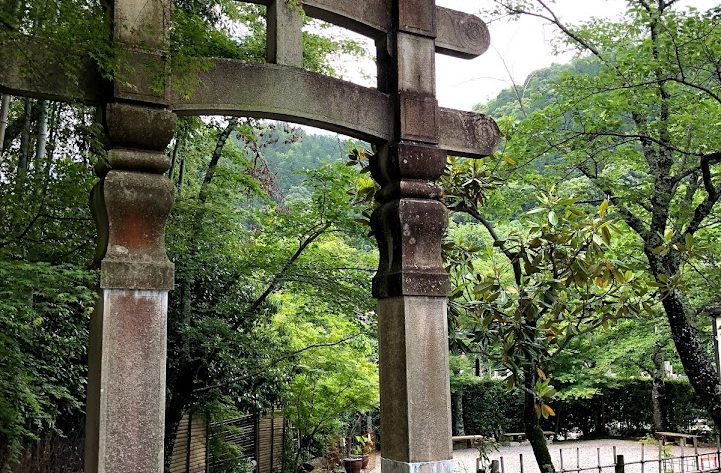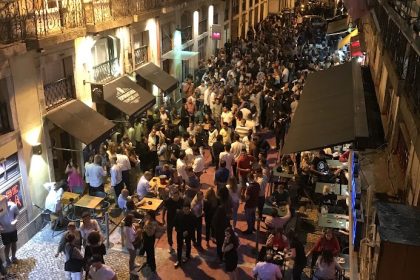Kyoto is considered the cultural center of Japan for a reason. When you arrive in this city, you will feel like you have traveled back to ancient times. Filled with shrines, temples, and gardens, Kyoto provides the authentic experience you’ll be craving during your journey, making it the perfect place to add to your Japan itinerary. Keep reading for a list of the top things to do in Kyoto to ensure you make the most of your time!
This free page might contain affiliate links. I’ll receive a small commission when you purchase from my links, at absolutely no cost to you. I appreciate your continued support!
How to Get to Kyoto

Before I give you the list of things to do in Kyoto, let’s get there first! The cultural center of Japan is located in the Kansai region of the main island Honshu.
Since Japan is an island nation, your journey will probably require at least one flight. Osaka Itami (ITM) Airport is the closest airport to Kyoto.
When it comes to planning transportation, I recommend the website Rome2rio. For a complicated trip like this, it is a great resource to research your options. It also provides estimated price ranges, so you can tailor a budget-friendly trip. No, this is not a paid advertisement; I just love this website!
Things to Know Before You Go
- Although credit card use is becoming more common, Japan is largely a cash-based society. Make sure you have a lot of cash on you before you arrive (your local bank can usually make the currency exchange if you give them enough time). Japanese currency is known as Yen. To search the current conversion rates, click here.
- Bring hand sanitizer! It was a bit of a culture shock when I realized that many bathrooms do not have soap. This was pre-COVID, so things may have changed, but better safe than sorry.
- If you have tattoos and plan on using the hot spring bathhouses, you may be out of luck. Although some may allow you in, others will not. If you have smaller tattoos, cover them with a bandage.
- Learn as much Japanese as you can before your trip, or have an easily accessible dictionary/translation app. Although some signage is in English, most is in Japanese (as you’d imagine). Also, not everyone speaks English; make sure you plan ahead!
Where to Stay in Kyoto
If you are unfamiliar with Kyoto, the downtown area is the best location to stay in. You’ll be within walking distance of the major transportation hubs, shopping, and most of the city’s sightseeing areas. Downtown Kyoto also offers the best nightlife options for those looking to add a little more excitement to their trip.
Having personally stayed at the Smile Hotel Kyoto-shijo, I recommend it to anyone looking for a casual, budget-friendly option. Its proximity to the Hankyu Ōmiya train station, iconic Buddhist Kiyomizu-dera temple, Nijō castle, and the downtown area Shijo-Kawaramachi make it a convenient place to stay.
Looking for something different? Click here!
What to Do in Kyoto
Adashino Nenbutsu-ji Temple
This hidden, quiet Buddhist temple is surrounded by 1,200 stone sculptures of Rakan (disciples of the founder of Buddhism). This was a great place to start my visit because of its serenity and spirituality; it does not attract many tourists, which is quite surprising!
If this is your first visit to a Japanese shrine or temple, it will likely be your first opportunity to purchase the “honorable stamp/seal book” known as a goshuincho. At most locations, an attendant will stamp or write the temple’s name along with the date. It is a beautiful, spiritual, and authentic way to collect your memories.
Many of the temples and shrines also sell “good luck charms.” In the picture, the good luck charms are the items on the bottom that look like fabric teabags. I purchased the dark green one on the far right, which I was told would bring me good luck in driving (I am not a great driver!). If you ask the attendant, they will provide you with the meanings of each; there are usually several to choose from.



Kinkakuji Temple (Rokuon-ji)
While being a popular tourist destination, the Zen Buddhist Kinkakuji Temple is also one of Kyoto’s 17 UNESCO World Heritage Sites. Although visitors are not permitted to enter the golden pavilion itself, its beautiful exterior makes it worth your while.

Nijō Castle
Another UNESCO World Heritage Site, Nijō Castle, housed the first shogun of the Edo period. The shogun purposely built this showy samurai castle near the Imperial Palace to demonstrate his power and wealth to the weakening emperor. Being that this is one of the best-known castles in Japan, I would add it to your must-see list.


Byōdō-in Temple
The Buddhist Byōdō-in Temple, which is a UNESCO World Heritage Site, was my favorite temple to visit in Japan. Fascinatingly, it is one of the only surviving architectural structures from the Heian period (it was built in the year 1053!). On the grounds of the temple and garden, you can also visit a museum and tea salon. Uji, the small town outside of Kyoto where Byōdō-in Temple is located, is known for having the best green tea in Japan; I have not tried their tea, but let me know if it holds true to its reputation!


Fushimi Inari Taisha Shrine
The Shinto Fushimi Inari Taisha shrine is a fascinating place to visit, so it gets rather crowded. Here, you can take a stroll through thousands of torii gates. I did not know this during my visit, but it is a hiking trail that leads to the summit of a mountain; the journey will take approximately 2 or 3 hours. Halfway up the mountain, you will reach the Yotsutsuji intersection, and you’ll be able to view the city of Kyoto from above. There are also a few restaurants and smaller shrines you can visit along the way. Although it seems like an enjoyable hike, you are permitted to stop and turn back at any time.



Arashiyama Bamboo Grove
Arashiyama Bamboo Grove is one of Kyoto’s most gorgeous natural wonders. Walking through this forest of endless bamboo stalks is enchanting, and you can’t help but feel as though you have been transported to another planet; a much more serene one! In my opinion, you should not leave Kyoto without experiencing this.

Full-Day Excursion: Nara Park
Nara Park has a lot to offer, so I highly recommend this excursion be on the top of your list. First, let’s talk about the friendly deer you see in the photos above. These deer are considered sacred, and they can be found roaming just about anywhere you go in the park. There are vendors selling treats for the deer if you wish to feed them; however, you should do this with caution because I have seen them get a little too excited at the sight of food.


Tōdai-ji Temple, also located in Nara Park, is one of Japan’s most famous temples. It is also home of The Great Buddha of Nara, which can be found in The Great Buddha Hall (located in the Main Hall pictured above). “Great” is definitely the correct word to use in this case, as this sculpture is absolutely tremendous. Pictures do not do it justice, so make sure you pay Tōdai-ji Temple a visit!


Nigatsu-dō Hall is a sub-complex of Tōdai-ji Temple. After going to the Great Buddha Hall, take a walk down to this important structure; it provides a beautiful view over the city of Nara.


Heading to Tokyo, as well? Check out my article on 7 Incredible Things to Do in Tokyo for First Time Visitors!
Are you interested in the Japanese culture but do not have the time or money to commit to this trip? Check out Hawaii! Because the Hawaiian Islands are so close to Japan, they have a lot of cultural similarities. Hawaii is the second best place in the world for Japanese cuisine. Check out my article on the best things to do on the Hawaiian island of Oahu!
Like this post? Save it for later!
After reading these things to do in Kyoto, what is on your must-visit list? Contact me or let me know in the comments below!




